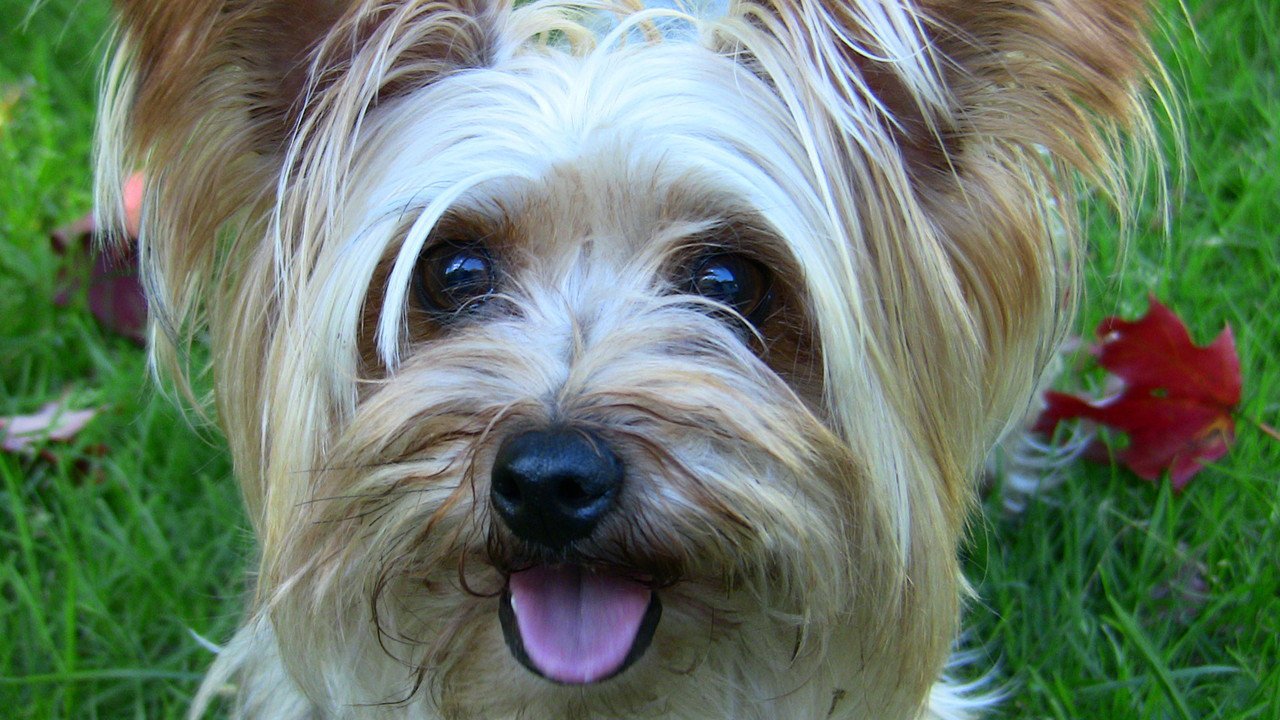Diesel is a Staffordshire bull terrier owned by the South African Endangered Wildlife Trust’s carnivore conservation programme. Diesel helps the programme’s rangers track cheetahs by locating their droppings, or scat. By analysing this scat, researchers can learn about the cheetah’s sex and diet, which is vital when estimating the population size and distribution. This work has become all the more vital in recent times, as the South African cheetah population has halved in the last 25 years, while its human population has almost doubled in the same time span.
On average Diesel can find the cat droppings 30 times faster than a human. The days are long and arduous, especially in the heat of the plains. “Physically it’s very challenging,” Shannon, Diesel’s handler, explains. The dog also has to be trained once a week to maintain his keen sense of smell. Every time he successfully locates some scat, he receives a rubber ball as a reward. “Diesel absolutely loves his job,” Shannon says.
Blessing has been registered blind since he was five years old and has owned Tommy, his guide dog, since he was a teenager. “Tommy’s had a very positive, wonderful impact on my life,” Blessing says. Tommy has given Blessing the freedom to move to New York to pursue his dream of being a professional musician. “Without Tommy, I would have dealt with New York with a cane, which is a terrifying prospect,” Blessing says.
He received the dog from Guiding Eyes for the Blind, a charity that specialises in training golden retrievers to be guide dogs. The charity evaluates its new puppies when they are four weeks old. Roughly half of the dogs that are bred are ultimately chosen to be trained as guide dogs. After this, the dogs are assigned an instructor, who uses food and other positive reinforcement to train them.
Interestingly, the loyal dogs are also taught to occasionally ignore their owner’s commands, especially if the order they are given puts either them or their master in danger. By encouraging the dogs to go with their natural instinct and trust their inherent common sense, the charity instils in the animal a level of ‘intelligent disobedience’, which is used to keep the owner away from danger.
On Groote Eylandt off the coast of Australia, Ozzie, a Manchester terrier, helps keep the island’s ecosystem in balance. He is one of only three dogs in the world trained to sniff out the poisonous cane toad, which sometimes arrives on the island in shipping containers, wreaking havoc on the native florae and faunae. Ozzie can detect a toad’s odour from up to 20 metres away – but what does he do when he finds one of the animals, and how do his handlers prevent him from being poisoned by the venomous creatures?





